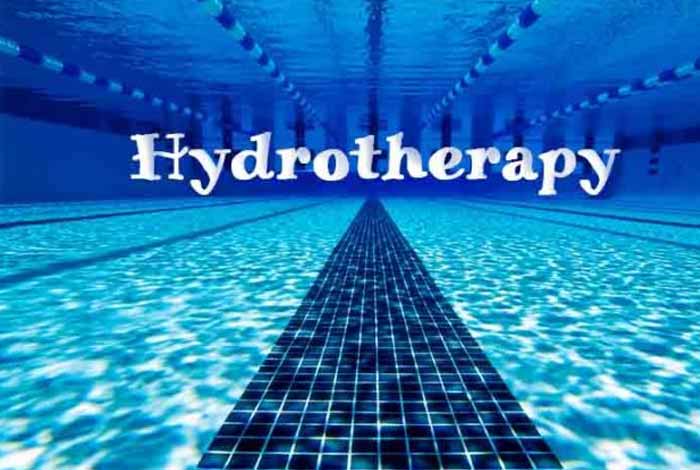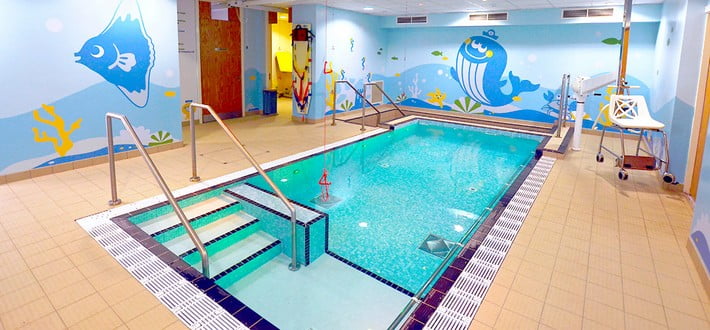Cognitive behavioral therapy (CBT) is a term referred to the psychotherapy treatment that changes patterns of thinking or behaviour that are behind people's difficulties.It is used to help treat a wide range of issues in a person’s life, from sleeping difficulties or relationship problems, to drug and alcohol abuse or anxiety and depression.
This therapy focuses on the thoughts, images, beliefs, and attitudes that people have and how the cognitive process relate to the way a person behaves, as a way of dealing with emotional problems.
With this statements we can say that CBT can be a combination of psychotherapy and behavioral therapy. Psychotherapy emphasizes the importance of the personal meaning we place on things and how thinking patterns begin in childhood. Behavioral therapy pays close attention to the relationship between our problems, our behavior and our thoughts.
CBT is based on a model or theory that express the following idea: If our thoughts are too negative, it can block us seeing things or doing things that don’t fit – that disconfirm – what we believe is true. Feeling distressed, in some cases, may distort one’s perception of reality. Dr. Beck, the father of CBT, suggested that these thinking patterns are set up in childhood, and become automatic and relatively fixed.
This therapy mainly say that this negative things can and do happen. But when we are in a disturbed state of mind, we may be basing our predictions and interpretations on a biased view of the situation, making the difficulty that we face seem much worse. CBT helps people to correct these misinterpretations.Cognitive-behavioral therapy acts to help the person understand that this is the correct way to going on.
Curiosities-on:




